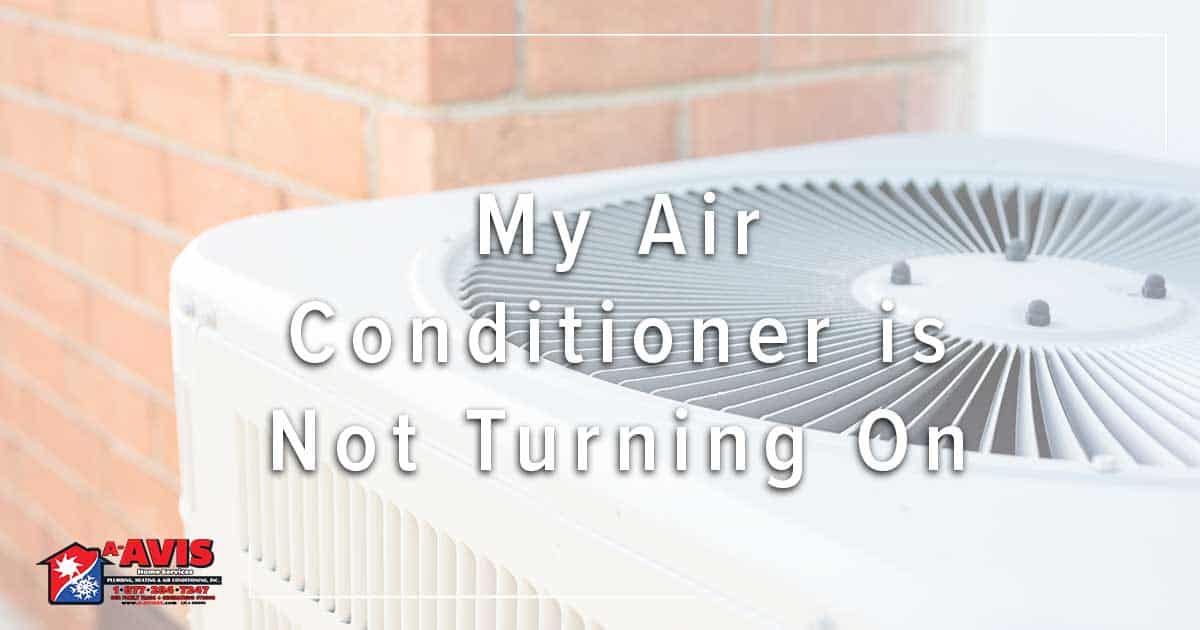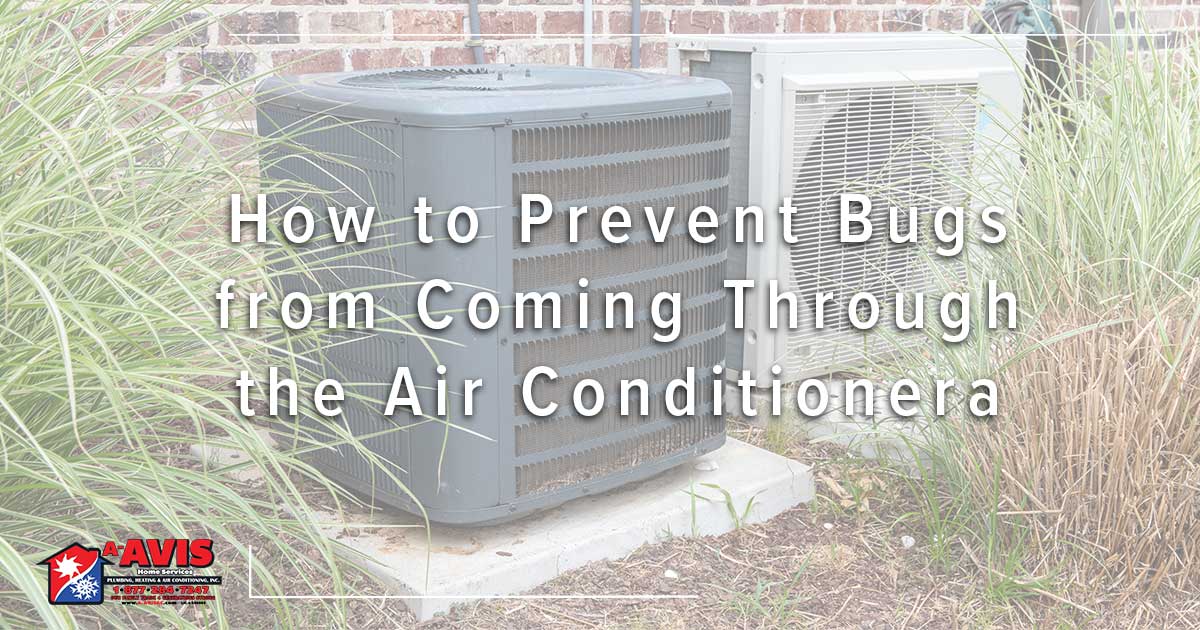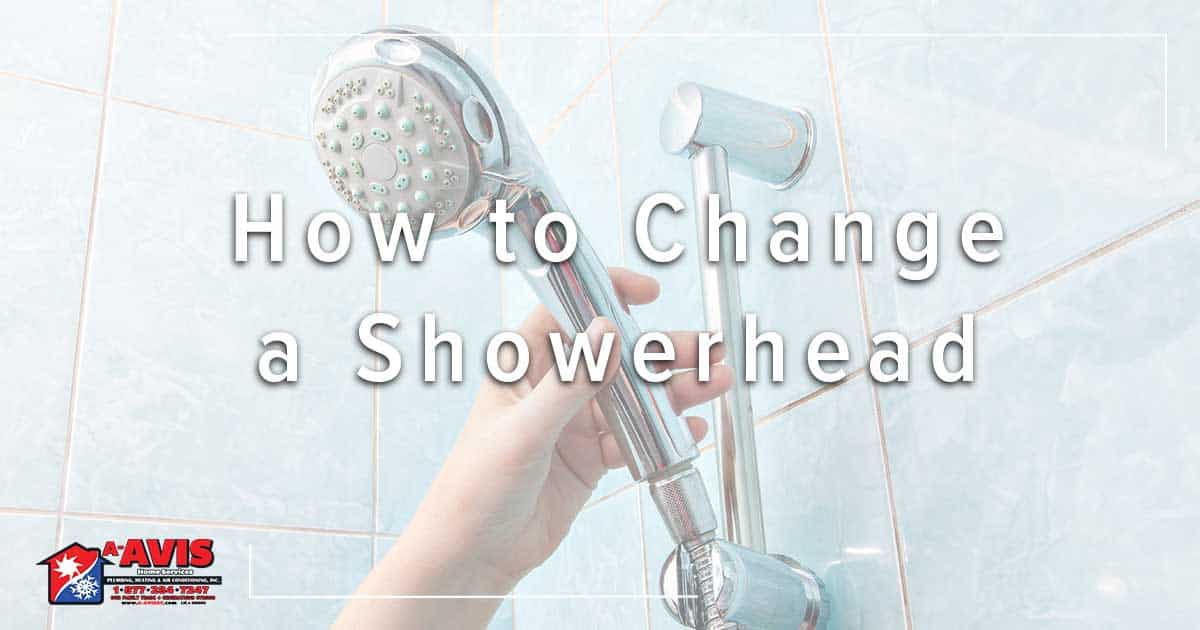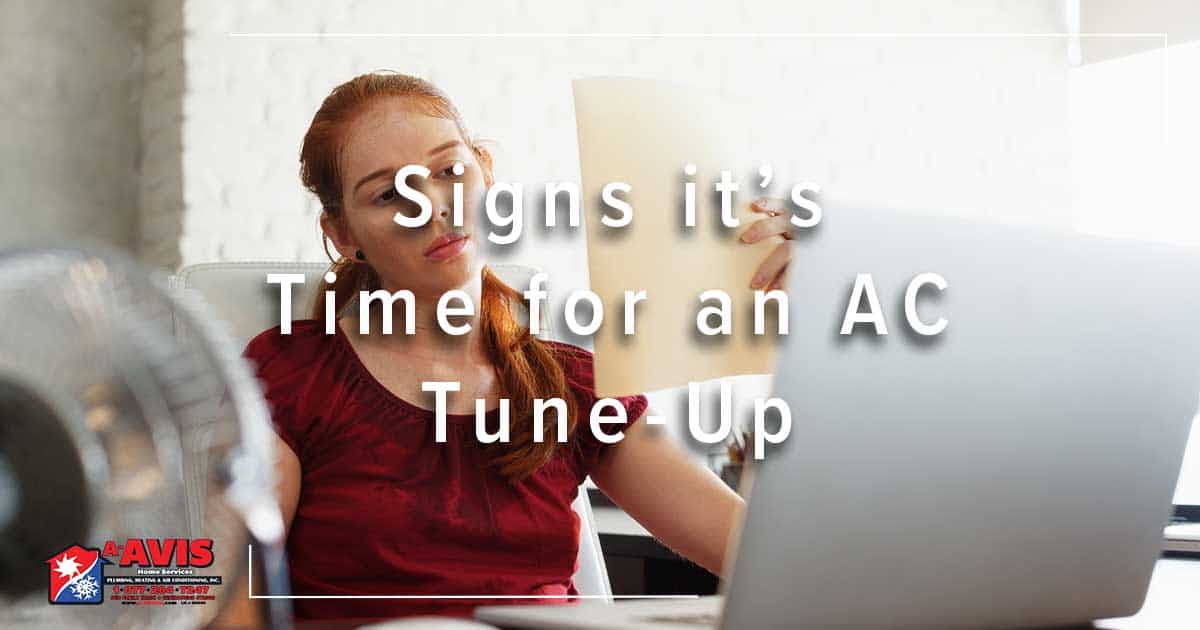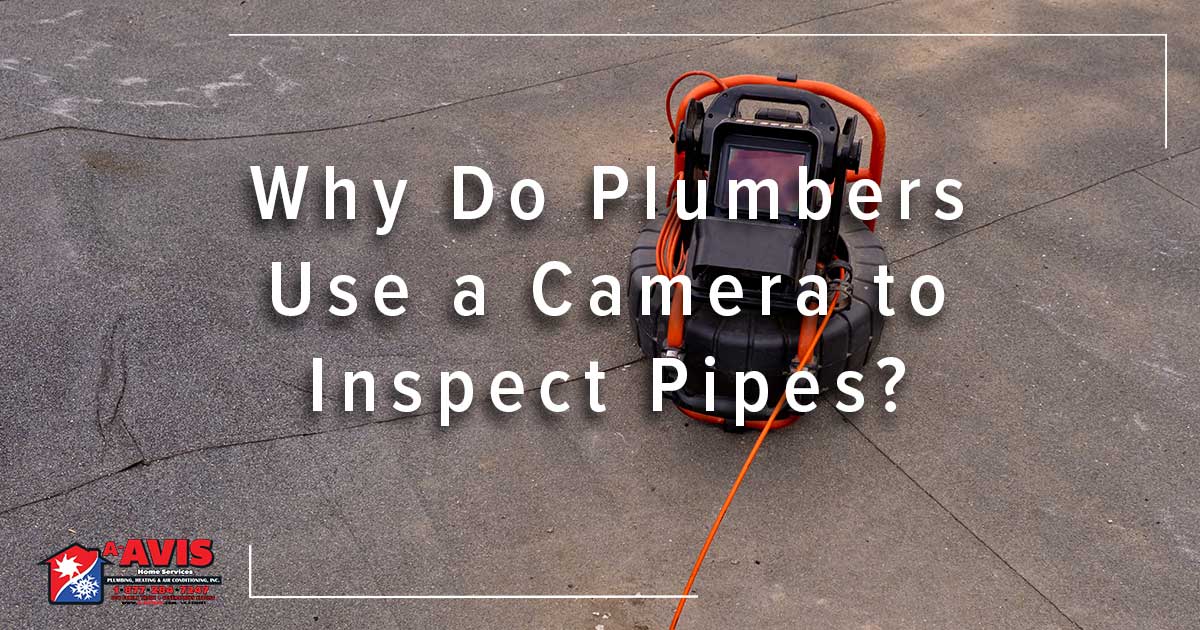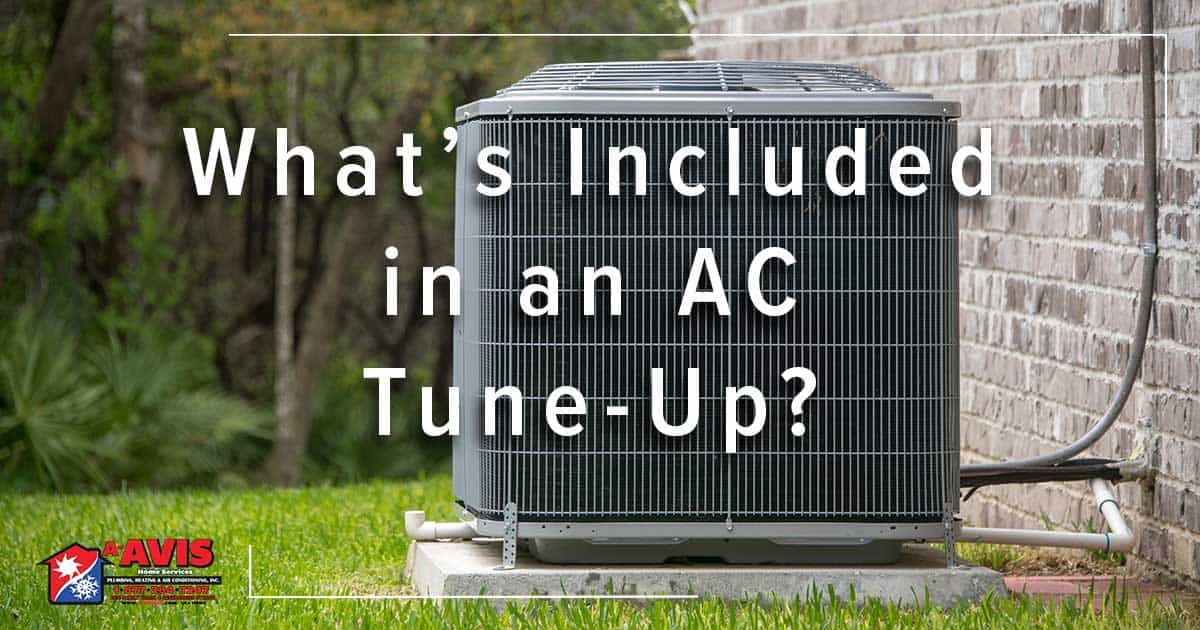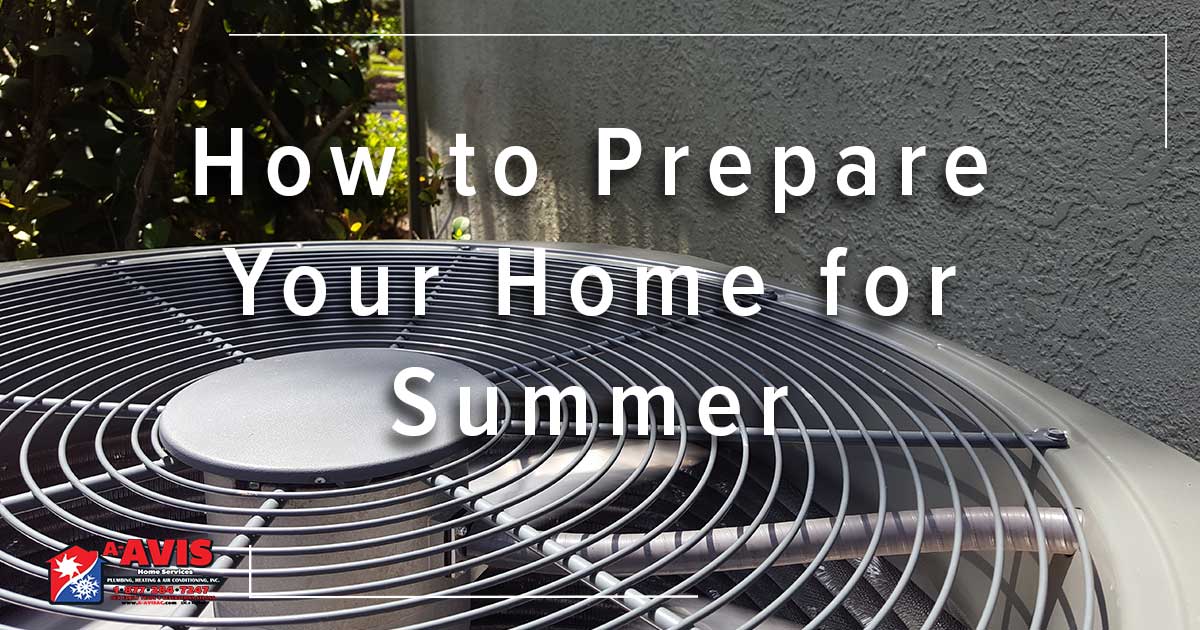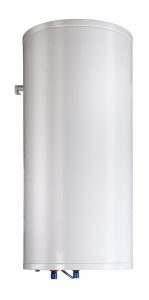It’s somewhat common knowledge that when the summer hits, utility bills can go way up. We blame increased AC use. While there are myths about how to lower your utility bills, we’re here to share the truth. There is an optimal thermostat setting for the summer months. And the temperature setting may surprise you. If you’re wondering, what temperature should I set my AC during the summer, we have the answer.
What’s the Best Temperature?
This is probably going to come as a shock to you. For a balance between comfort and budget, the best temperature to set your thermostat to is 78°.
Before you disregard this and say we’ve let the heat get to our heads, there’s actual science to back this up. Your AC is engineered to detect the outside temperature and create a cooler temperature inside. No matter what setting is on the thermostat, your HVAC system is doing the same amount of work.
To save on bills, and be the most energy efficient, let the AC run at a higher setting. This will cool your home over time.
We know how easy it is to come home on a hot day and just blast your AC at the lowest temperature. However, as we mentioned above this is actually a bad idea.
By setting your thermostat to 78°, you’re allowing the HVAC system to efficiently find a temperature balance that balances the temperature inside with the temperature outside.
Set the Thermostat Higher when You’re Gone.
To really make a dent in your monthly bills, set the thermostat higher while you’re out. We’re talking up to 88°. This advice comes directly from HVAC manufacturers and engineers.
You want to set your thermostat to a temperature that’s closer to the air outside. This setting ensures your home won’t be a sauna or a freezer when you return home.
The process of continually shutting down your system then turning it back on puts unnecessary strain on everything—including your wallet.
Instead, running your system at a higher temperature allows it to run at a lower level, preserving its functions and maintaining it while you’re out of the house. What’s the point of keeping a house cool if no one is home?
The best way to maintain this cycle is with a programmable thermostat. Set it to raise the temperature when you’re out of the house and lower it when you are home.
Best AC Setting for Sleep?
One question we hear time and time again is how should I adjust my thermostat for sleep? Just like waking hours, there is an optimal temperature your home should be at while you’re sleeping.
Finding the optimal temperature for sleep can be tricky. For example, The Sleep Foundation recommends your bedroom temperature to be between 60° and 67° for the best sleep. However, this can still change from person to person.
You can program your thermostat to start lowering the temperature of your home around bedtime. Or try opening some windows in your bedroom. Fresh air is important for overall health and wellness, and nighttime air will help keep the overall temperature down.
The 60° to 67° recommendation is for adults. Infants and children have different sleep needs and may need a warmer room.
Keep the Humidity in Check
Humidity can make a hot day so much worse. It’s because of how humidity works with your sweat. When you sweat in a dry climate the sweat quickly evaporates. This keeps you cooler.
When you sweat in a humid climate the sweat has a harder time evaporating. Therefore, you’re stuck in a hot, sticky mess.
An air conditioner does more than keep your house cool, it also controls humidity. If your humidity feels off the wall, it may be time to schedule a tune-up. Or it could be time to look into a dehumidifier. Either way, to keep yourself cool, take care of your humidity levels.
Natural Solutions to Keep Cool
In addition to adjusting your thermostat, there are a few natural solutions to keeping your home cooler during the summer months.
If you’re still asking what temperature should I set my AC during the summer, these ideas don’t add to any utility bills and are completely natural and sustainable.
- Dress for the Temperature – A pair of joggers and a sweatshirt are always cozy. But when it’s summer, time to switch to short sleeves and short pants. You’ll truly feel the benefit of your AC system when you’re dressed for the season.
- Put Up Blackout Curtains – Get a pair of blackout curtains and make sure they’re drawn when the sun is at its peak. This will help keep cool air in and block the sun’s hot rays.
- Strategically Open Windows – Open your windows when you first wake up and when you’re settling down for bed. This allows for the circulation of fresh air into your home and brings in the cooler nigh and morning air.
- Run the Fan – When you turn on your AC for the first time in a season, don’t forget to reverse your ceiling fans. During the summer, ceiling fans should be turning counterclockwise. This creates a refreshing downdraft.
- Make sure to Weather Seal Your Home – All those little openings around your doors and windows can add up when the weather hits the high 80s. Every summer, take the time to inspect the seals around your windows and doors. Patch up any gaps between the windows or doors and wall.
- Schedule Regular Tune-Ups – Routine tune-ups are the best way to ensure the longevity and efficiency of your HVAC system. At Service Champions, we recommend two tune-ups a year. Once in the spring and once in the fall.
Want the Best Temperature Solutions? Service Champions is Here
Still wondering what temperature should I set my AC during the summer? The HVAC experts at Service Champions have all the answers you’re looking for. Simply schedule an AC tune-up to and let us peek under the hood of your HVAC system.
Service Champions is the only Diamond Certified plumbing and HVAC provider in Southern California. We serve parts of Los Angeles, Orange, Riverside, and San Bernardino communities. Call the number at the top of the screen or click here to request an appointment online.



